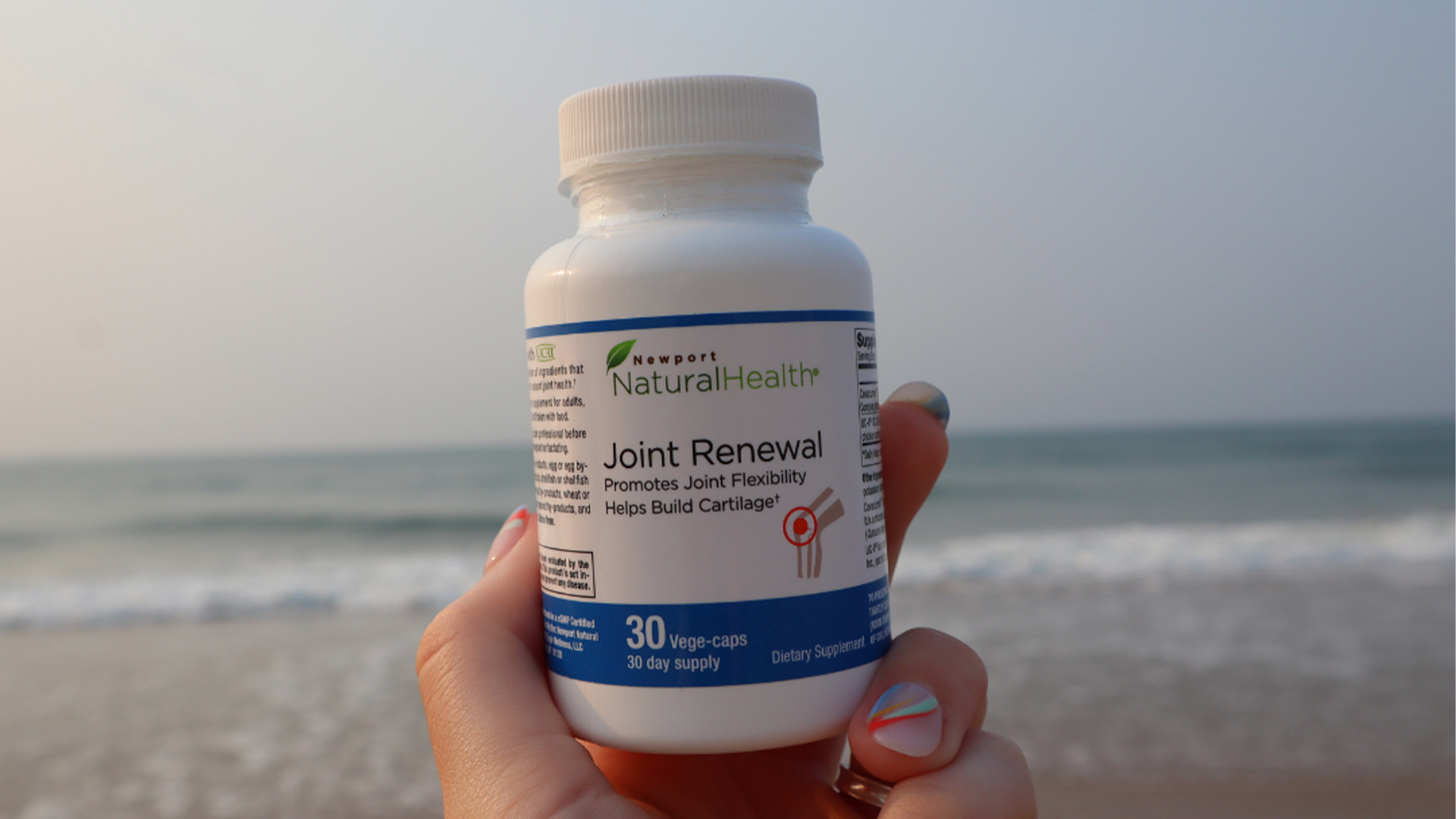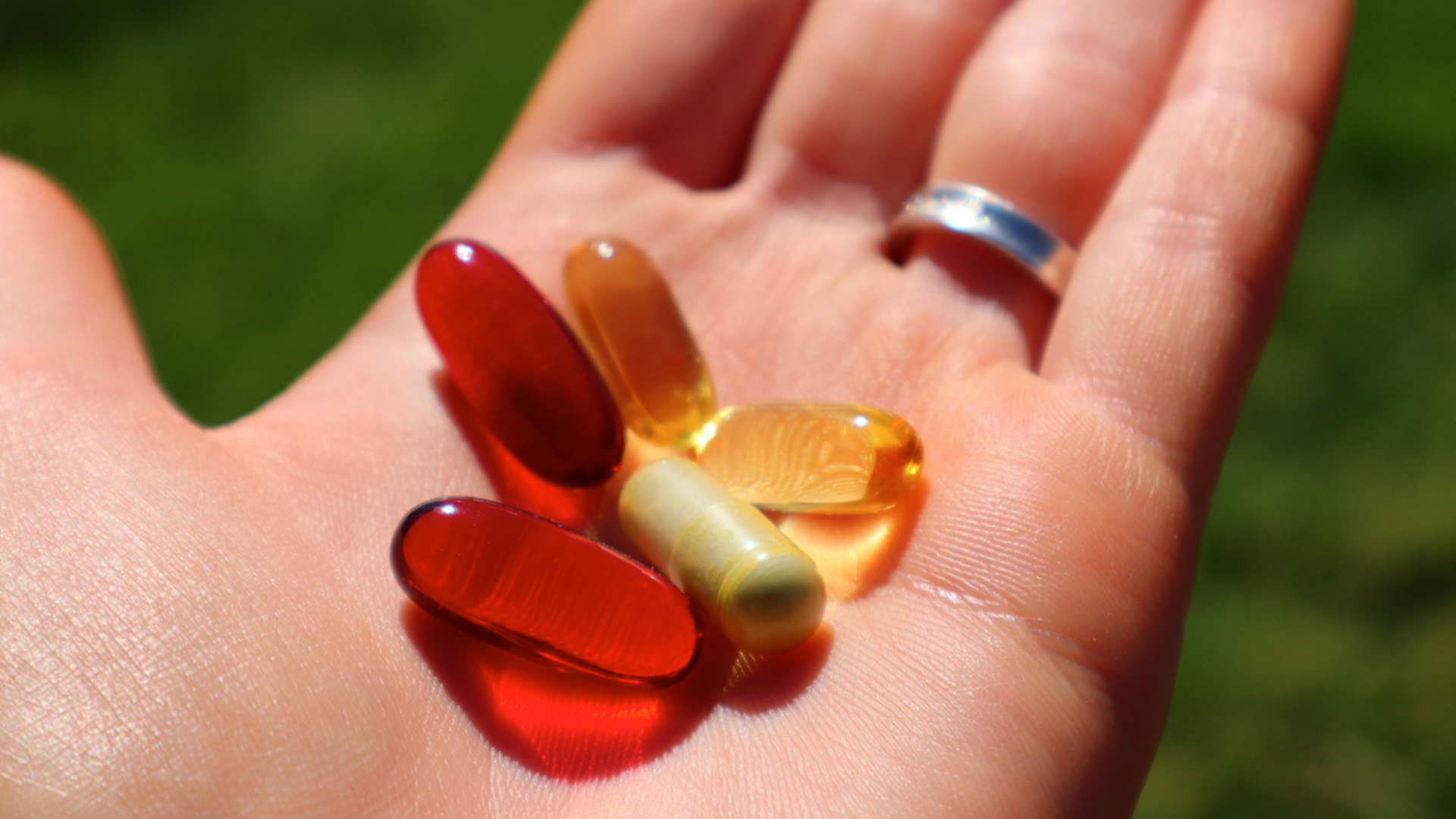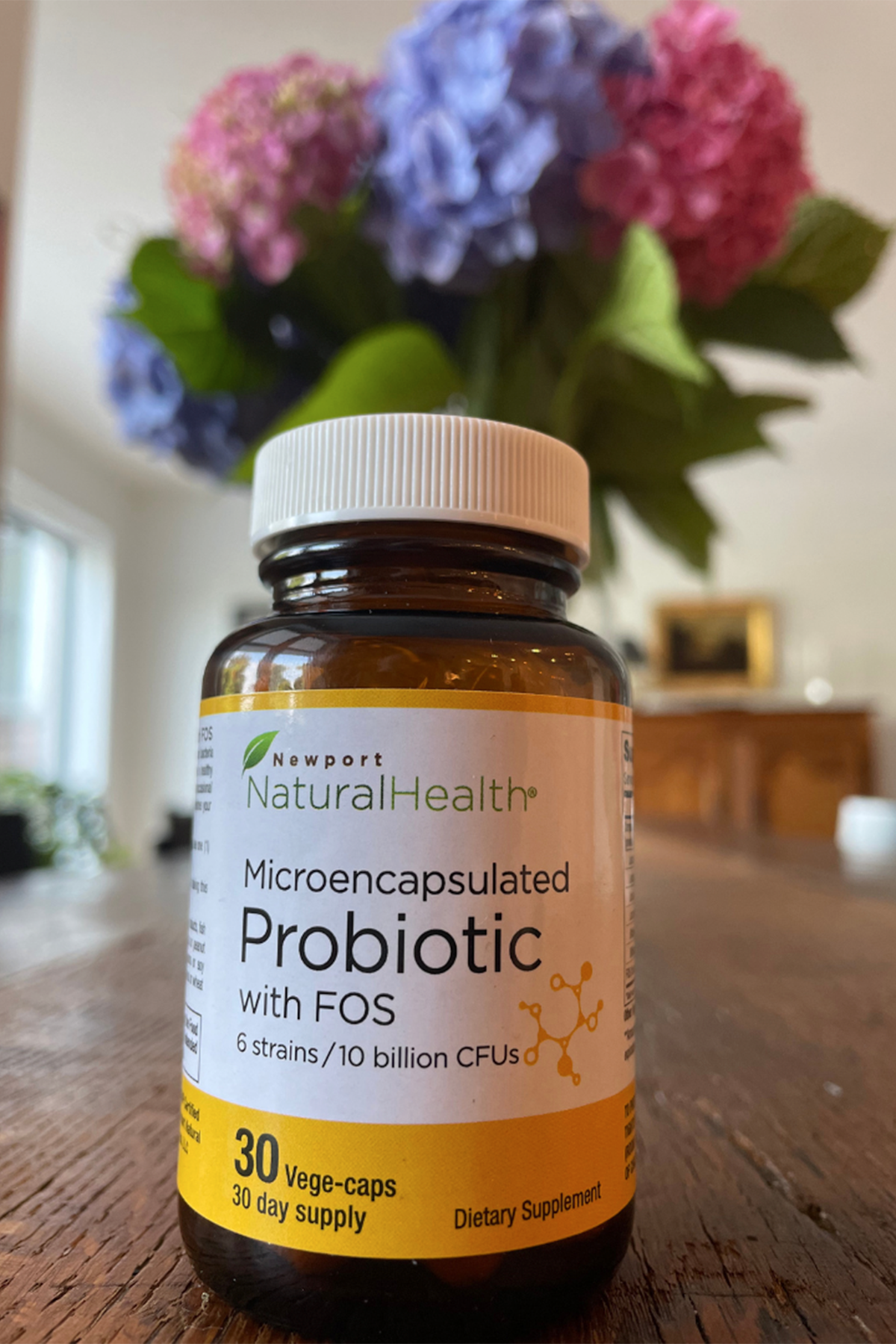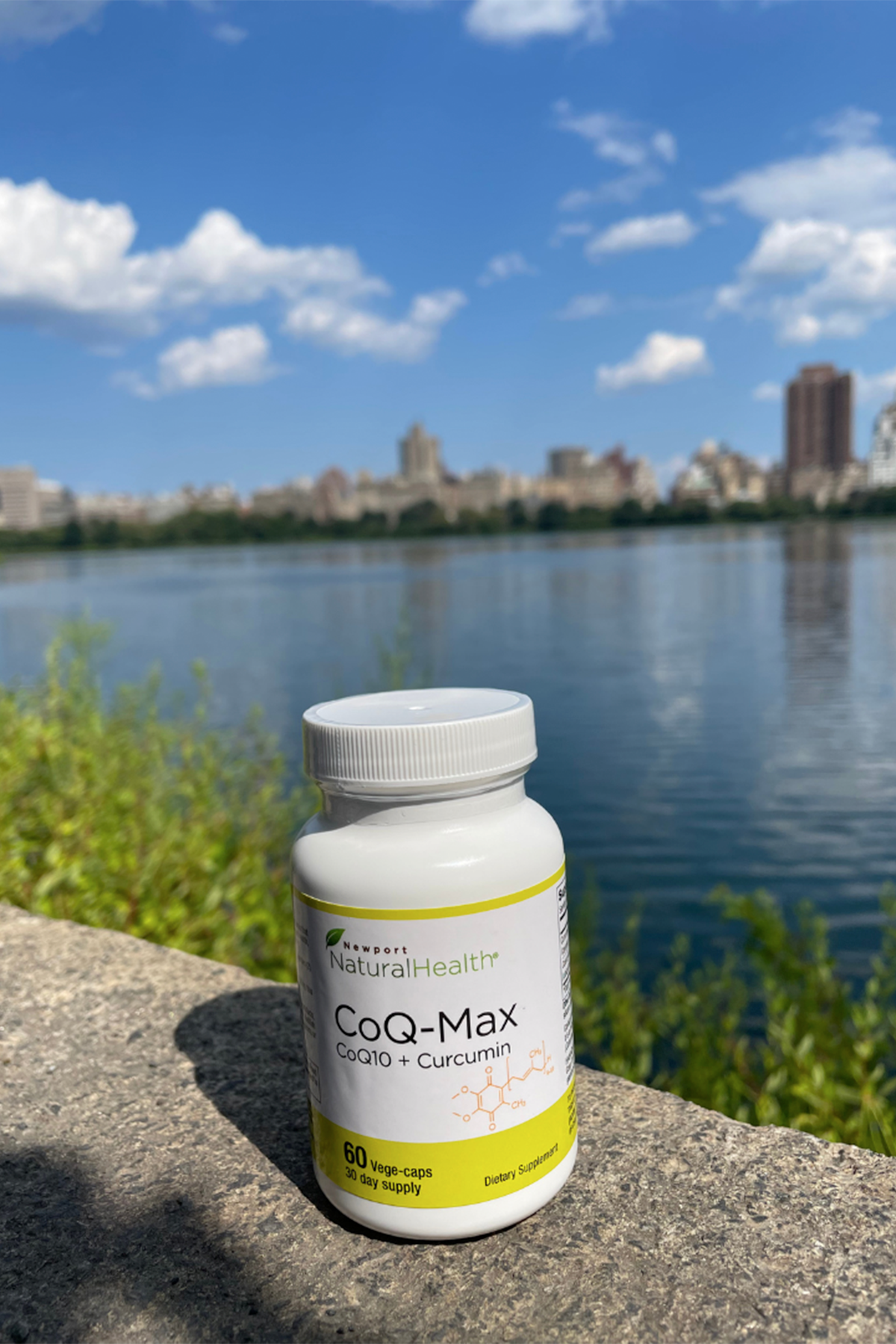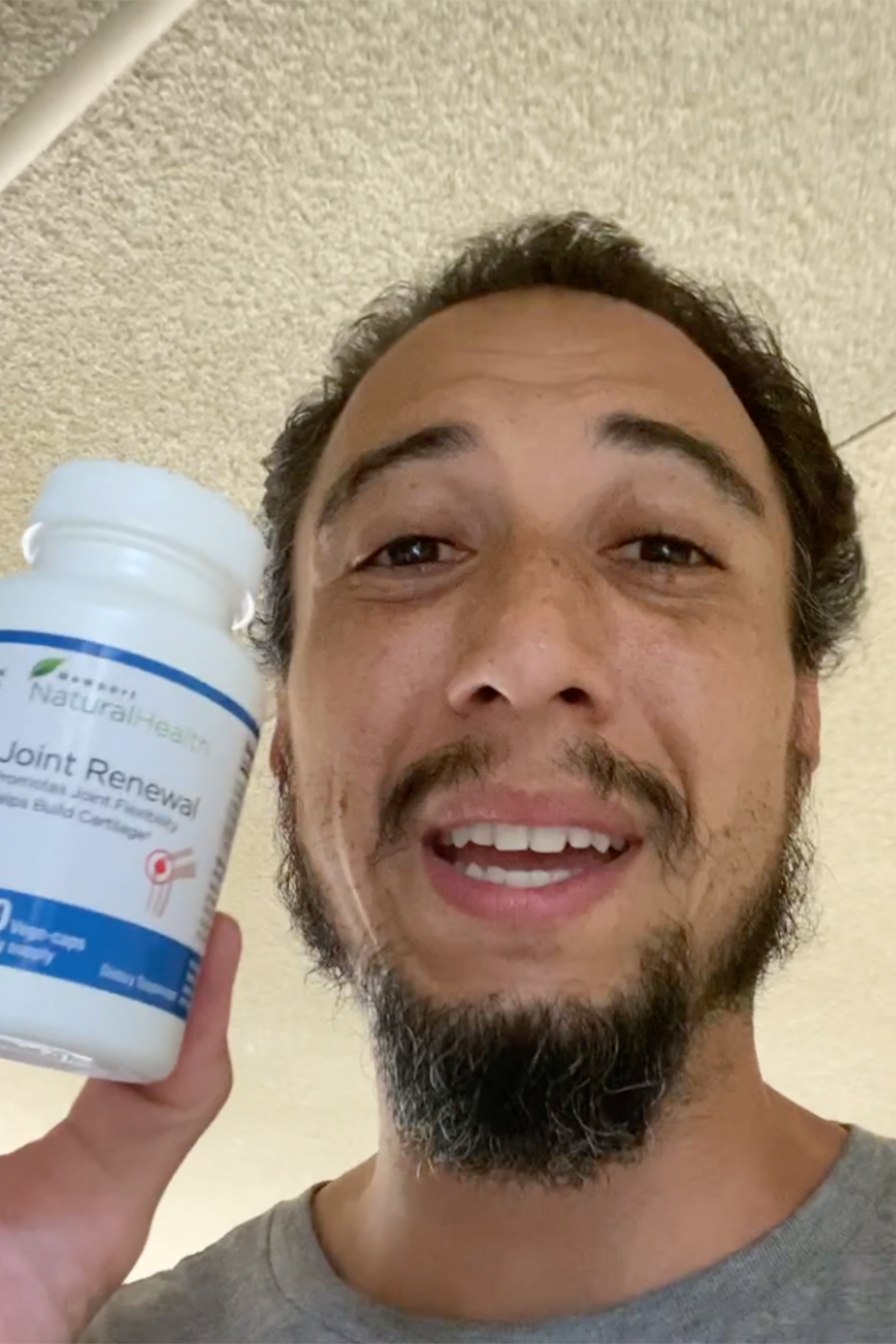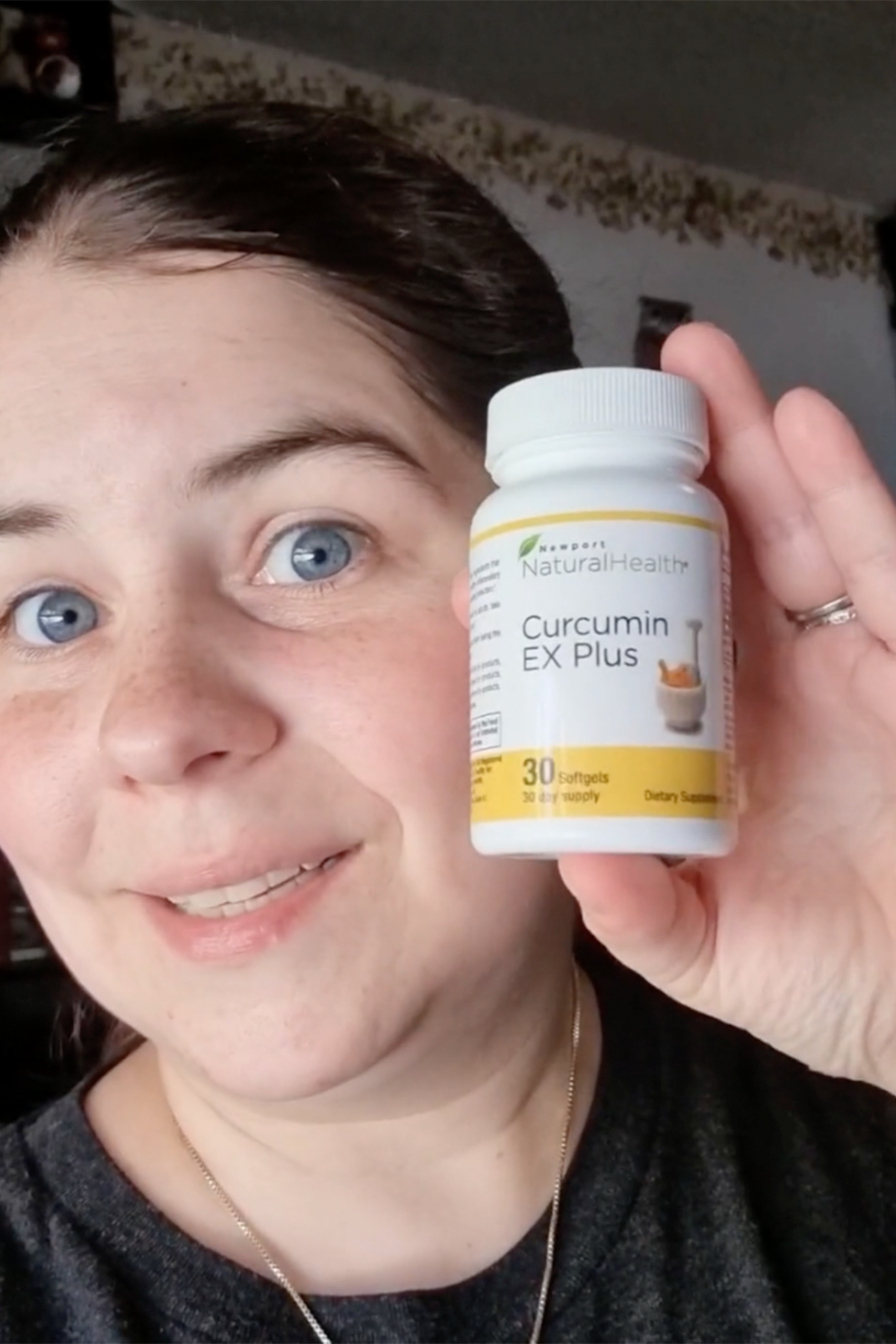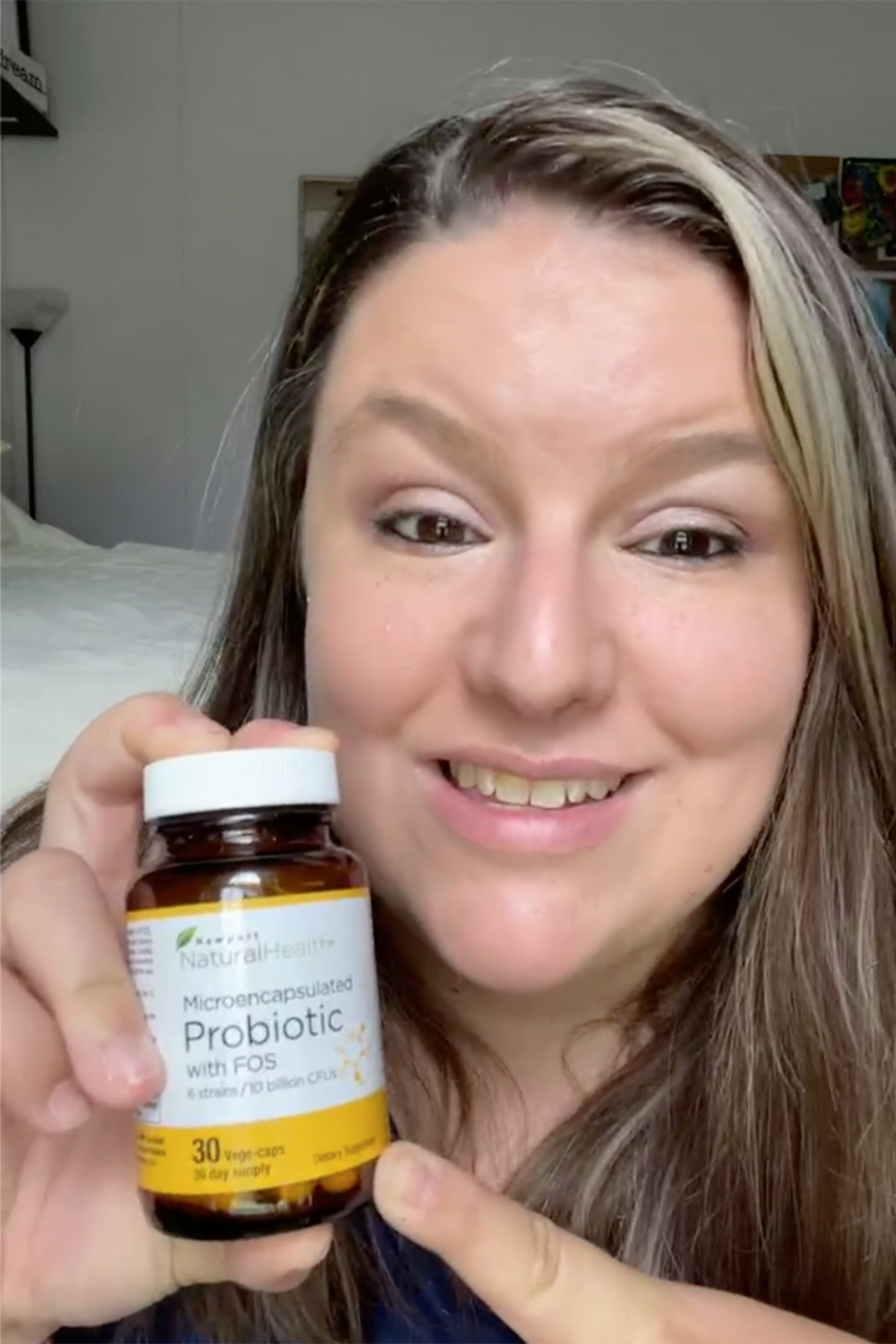One of the best things about being a doctor is watching a patient’s health improve, especially when the individual has been struggling to find real solutions, instead of “band-aids” and temporary fixes. For example, when a patient I’ll call “Michael” first came to see me, he was in terrible shape. A former track star in high school and college, Michael maintained an exceptionally high level of fitness for more than ten years after finishing law school by competing in grueling marathons.
But just as he was about to turn 40, Michael began having knee problems. He sought help from several doctors. The first doctor prescribed ibuprofen, which gave him temporary relief, but upset his stomach so badly he had to quit taking it. The second suggested injectable cortisone, which he tried once and found disappointing. And the third recommended knee replacement surgery. Michael wasn’t having any of it.
“Forget pain killers. I’ve read about them, and there are just too many awful side effects,” Michael told me. “I’d really rather not have surgery right now. I’m not even 40 yet, and I’ve seen other guys at the gym who’ve had knee replacements. Most of them are not very happy with the results, and it takes them forever to get in shape again. I’m hoping you have a better solution.”
Indeed, I did! Like so many patients with joint issues, Michael appeared to be suffering from an easily corrected problem — an imbalance in the good fats that provide our joints with lubrication. Even though he ate very carefully, Michael was not getting enough of the healthy fats that are my first choice for treating joint pain — and a host of other issues, too.
After six weeks of taking a purified fish oil daily, Michael called to report that he was back up and running — literally! “I’m surprised at how easy that was to fix,” he told me. “Once in a while, I still get a little twinge, but it’s nowhere near as bad as it was.”
I can tell you from personal experience that a high-quality fish oil can make a tremendous amount of difference for a joint that just needs some additional lubrication. Yes, I’ve been there and done that, and fish oil is a simple, easy-to-use remedy that’s a good place for anyone with joint pain to start.
Then there are challenging cases like Ellen, who I’ll tell you about shortly. Her situation was a bit more complicated. The common thread is this: in both cases, these patients were suffering needlessly because the source of their joint pain could be fixed, not just masked with risky painkillers.
Moving Parts
All throughout the body, our joints link bone to bone, allowing us to move, walk, dance, and do so many other things we take for granted. Just having an opposable thumb — thanks to a fully functioning joint — makes it possible for us to perform a wide range of tasks that would be very difficult otherwise. In other words, our joints are vitally important to our overall health and well being, so we need to keep them pain-free and in top working order.
Joints are made up of cartilage and ligaments. They contain substantial amounts of lubrication to keep movements smooth and painless. Tough and smooth, the cartilage acts like a soft, squishy cushion or shock absorber, preventing the ends of bones that meet in the joint from rubbing against one another. The ligaments, meanwhile, are the links that connect bone to bone.
A Closer Look at Joints
A normal, healthy joint requires three things. The first is water to lubricate the joint and provide it with nourishment. Cartilage is mostly water — anywhere from 65 to 80 percent — so hydration is very important to joint health.
Second, joints need two additional substances — proteoglycans to draw water into the joint and hold it there, and collagen, a protein that keeps the proteoglycans where they belong.
Sometimes, however, the cartilage deteriorates and loses its cushioning ability. Often, this occurs because the individual has osteoarthritis. (Although there are roughly 100 different types of arthritis, osteoarthritis is the most common and the one often referred to simply as arthritis.) There are several other conditions that can cause painful joints, though, including autoimmune disorders, Lyme disease, fibromyalgia, and osteoporosis, to name only a few.
Alleviating Arthritis Pain
Unlike Michael, who only needed lubrication for his sore joints, Ellen had arthritis. Her swollen, inflamed joints were so painful that she had to take a leave of absence from her job as a realtor. “I just can’t trek through houses all day with my knees, hips, and back aching,” she said. “And now it’s in my hands, too, so even working on the computer is excruciating.”
Ellen had been to several physicians, but they all suggested prescription painkillers, which she took for a short time and vowed never to take again. “Those pills made me so sleepy, I was like a zombie. Then my sister ended up in rehab because she became addicted to a similar drug, and I knew I didn’t want to go that route,” she told me. “There has to be something better.”
As a matter of fact, there are quite a few better solutions for painful joints. Before even getting into the specifics of joint pain remedies, though, it’s important to understand that the basic guidelines for good health need to be followed first. If you’re not eating a nutritious, whole foods diet; getting moderate exercise (very helpful for joint pain); drinking plenty of fresh, clean water; getting seven to eight hours of restful sleep; and taking a quality multivitamin and good fat supplement daily, this would be a good time to start. Even something as seemingly unconnected as insomnia can affect our joints, since so much of the body’s repair work occurs while we are sleeping.
Once those essentials are met, weight is an issue that can’t be overlooked. Our joints are simply not designed to carry excess weight on a daily basis. Not surprisingly, studies have shown that losing even as little as five to 10 pounds can make a tremendous difference in arthritis joint pain. (I have written more on weight reduction in a previous newsletter.)
Stronger Muscles for Healthier Joints
Our joints are all surrounded by muscles, which provide support for the joint. If the muscles are weak, the joints can suffer, since they are forced to work harder than nature intended. Simple exercises to strengthen specific joints, like leg lifts or push-ups, can power up muscles so they provide better support. Ellen discovered that working out with small ankle weights helped develop her leg muscles and alleviated much of the knee and hip pain that was interfering with everyday activities. That, combined with daily, 30-minute walks made a huge difference in Ellen’s pain level.
Supplements to Soothe Pain
Medications like ibuprofen and prescription pain medications are also known as non-steroidal anti-inflammatory drugs (NSAIDs), because they’re designed to fight the inflammation that contributes to sore joints. But pharmaceuticals aren’t the only substances that reduce inflammation. Ginger, for example, is an outstanding anti-inflammatory, as is curcumin, a compound found in the spice turmeric.
Furthermore, hundreds of studies have shown that supplements of glucosamine sulfate, a building block of healthy cartilage, can help rebuild and repair damaged cartilage. Chondroitin sulfate, a related substance, also has been shown to increase joint mobility, repair cartilage, and alleviate pain. Glucosamine and chondroitin appear to work well together, and are sometimes packaged with one another in joint repair supplements. They are virtually side-effect free, although I would caution people with shellfish allergies to avoid glucosamine, since it is often made with material from shellfish.
Vitamin D is another supplement that may be helpful in treating joint pain, but I do recommend that you have your vitamin D levels checked by your physician first to get a better idea of an appropriate dosage. If you are low on vitamin D, that deficiency could cause a wide range of health problems. So supplements, which are inexpensive, are highly recommended.
Topical Treatments
Since supplements can take several months to reach therapeutic levels in the body and improve pain, topical treatments may be required in the meantime. One product that patients report using successfully is cream or lotion containing capsaicin, a substance found in cayenne peppers. Capsaicin cream actually prevents nerve endings from transmitting pain signals. The effect is temporary, but you can repeat applications as needed, as long as you follow the product instructions. Ellen used capsaicin cream on her hands and knees while she waited for the herbal supplements to kick in.
“I was very skeptical about using a topical remedy,” she told me. “But it’s amazing how effective these creams are.”
Dietary Don’ts
Finally, if you’re a fan of foods like tomatoes, eggplant, and potatoes, I encourage you to keep a food/pain diary. These foods are members of the nightshade family, which includes tobacco and belladonna, among others. For some people, eating these plants seems to result in joint pain, so tracking what you eat and how it affects your joints may be helpful in making dietary changes.
Similarly, eating dairy products and/or gluten (a protein found in wheat and some other grains) may also contribute to aching joints. Again, a food diary can help you pinpoint the source of your discomfort.
As a physician, I can tell you that joint pain is one of the most common reasons for visits to the doctor. Conventional medicine usually treats joint discomfort with pain-relieving drugs that do nothing to improve the condition, whether it’s arthritis or another problem. And pain medications may create some serious side effects, including damage to the stomach lining. That’s why I urge my patients not to settle for these sort of partial solutions. In Ellen’s case, she was able to return to work after only six weeks of supplements, topical treatments, and targeted exercises. “I used to think that once you had arthritis, that was it — there was no return to a normal life,” she told me during her last visit. “Thank goodness I tried your suggestions. Otherwise, I’d be on disability and in pain.”
It’s entirely possible that your joint pain can be eased by following some of my recommendations. Just be aware that it can take four to six weeks or longer for the full effect of lifestyle adjustments and supplements to take hold. During that time, it may be necessary to continue on pain medication, but you will most likely notice that less is required as your joints heal and your overall health improves.
Last Updated: August 16, 2018
Originally Published: February 1, 2012




